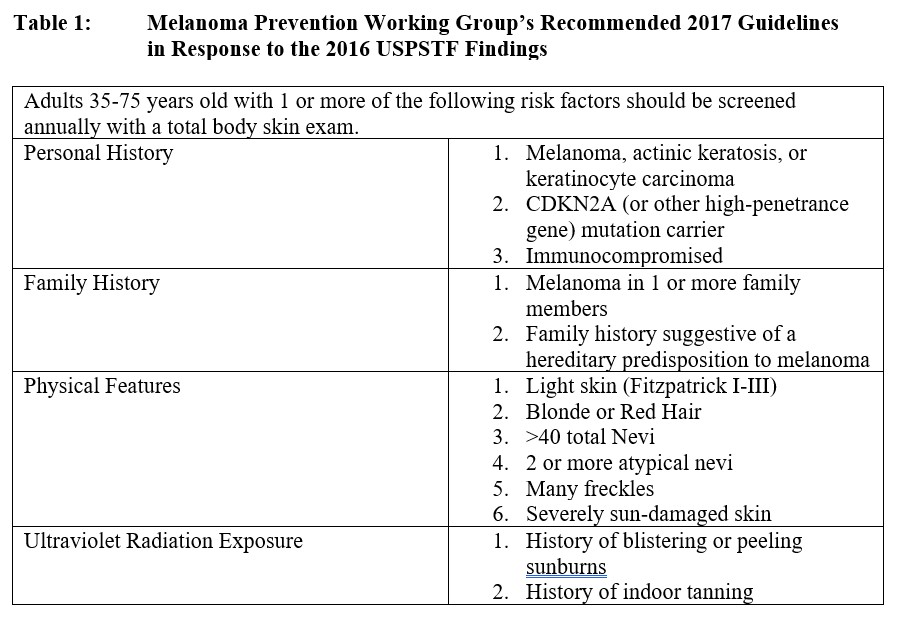What is the current role for screening for Skin Cancers?
Cutaneous malignancies are not only the most common malignancy in the world, but the incidence of both melanoma and non-melanoma skin cancers (NMSCs) have continued to rise in an unabated fashion for the last few decades.1-3 In Australia, they have seen a tripling in incidence of NMSC over the last twenty years, while in the …

